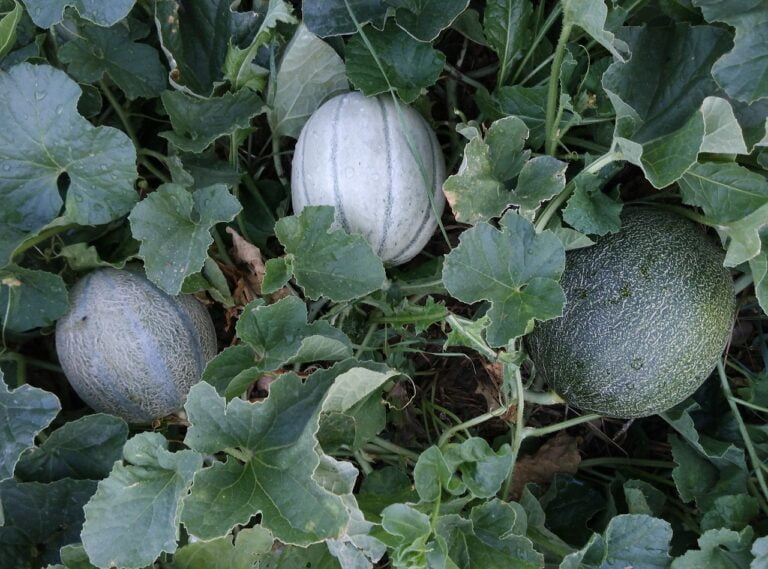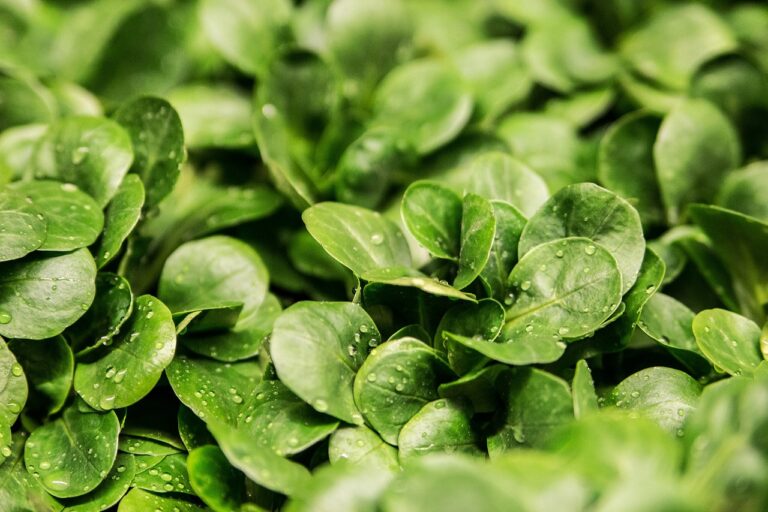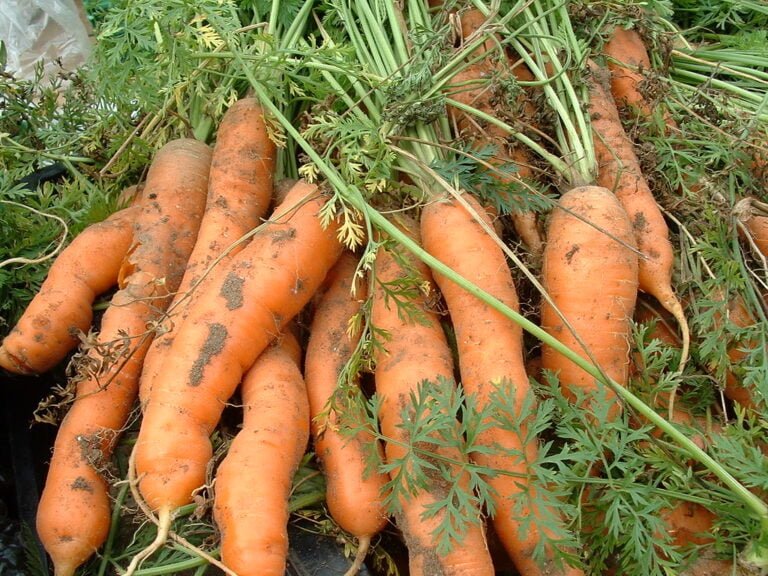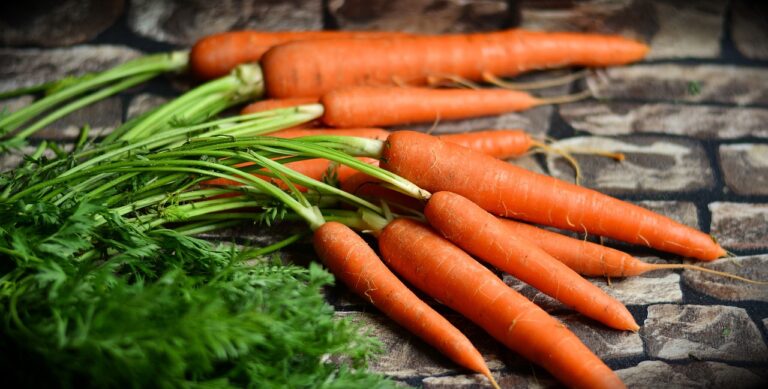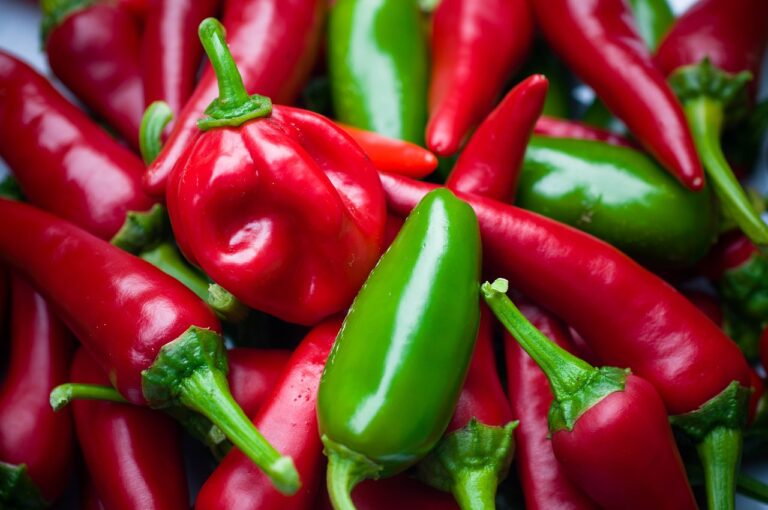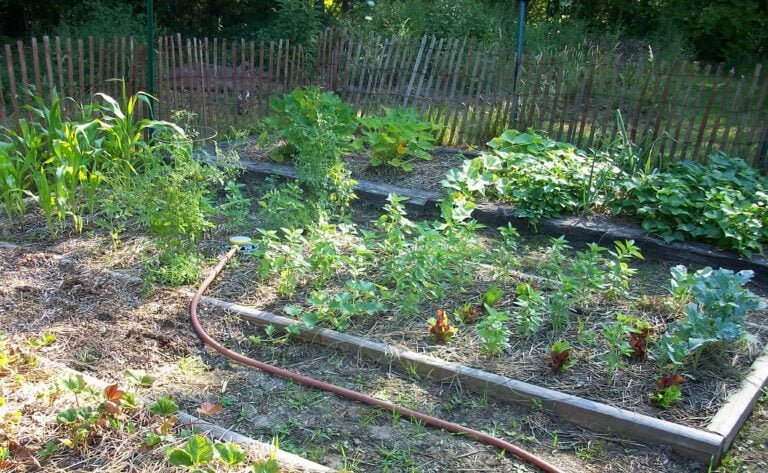Guide to Growing Cherry Tomatoes at Home
Are you ready to start growing your own cherry tomatoes at home? With this detailed guide, you'll learn everything you need to know to successfully cultivate these delicious fruits. From choosing the right tomato varieties to providing adequate sunlight and water, we've got you covered. Discover how to support your tomato plants with stakes or trellises, manage pests and diseases, and maximize your yield. Get ready to harvest and enjoy your own homegrown cherry tomatoes!
Choosing the Right Tomato Varieties
To choose the right tomato varieties for growing cherry tomatoes at home, start by researching and selecting varieties that are known for their compact size and high fruit production. Compact varieties are ideal for small spaces, such as containers or raised beds. Look for varieties labeled as "determinate," as they tend to stay more compact and have a shorter growing season. Some popular compact cherry tomato varieties include 'Sweet 100,' 'Tiny Tim,' and 'Patio Princess.' These varieties not only produce an abundance of small, flavorful fruits but also have a bushy growth habit, making them perfect for tight spaces. Additionally, consider factors like disease resistance and flavor profiles when selecting your tomato varieties. By choosing the right ones, you'll be well on your way to a successful cherry tomato harvest.
Preparing the Soil for Planting
Now that you have chosen the right tomato varieties for growing cherry tomatoes at home, it's time to prepare the soil for planting. The quality of the soil plays a crucial role in the success of your cherry tomato plants. Start by removing any weeds or debris from the planting area. Loosen the soil with a garden fork or tiller, breaking up any clumps and creating a fine, crumbly texture. Next, incorporate organic matter such as compost or well-rotted manure into the soil to improve its fertility and moisture retention. Aim for a pH level between 6.0 and 6.8, which is ideal for cherry tomatoes. Finally, ensure proper drainage by avoiding compacted soil and creating raised beds or planting on hills. By preparing the soil properly, you will provide your cherry tomato plants with the best conditions for growth and productivity.
Starting Tomato Seeds Indoors
You can start tomato seeds indoors by gathering the necessary materials. To begin, you'll need tomato seeds, seed starting trays or containers, high-quality potting soil, and a light source such as fluorescent lights or a sunny window sill. Start by filling the trays or containers with the potting soil, ensuring that it is moist but not waterlogged. Next, plant the seeds according to the instructions on the seed packet, typically about a quarter of an inch deep. Cover the seeds lightly with soil and gently pat it down. Place the trays or containers in a warm and well-lit area, maintaining a temperature of around 70 to 75 degrees Fahrenheit. Water the seeds regularly, ensuring that the soil remains consistently moist. Once the seedlings have grown to about 2-3 inches tall, they can be transplanted into larger pots or directly into the garden.
Transplanting Seedlings Into Containers or Garden Beds
After starting tomato seeds indoors, it is important to properly transplant the seedlings into containers or garden beds. Transplanting is a crucial step in the tomato growing process, as it ensures the seedlings have enough space to grow and develop strong roots. When transplanting, choose containers or garden beds that provide adequate drainage to prevent waterlogging. Fill the containers or beds with nutrient-rich soil, leaving enough space for the seedlings. Gently remove the seedlings from their original containers, being careful not to damage the delicate roots. Place each seedling in its new container or bed, making sure to bury it deep enough so that only the top leaves are above the soil. Water the transplanted seedlings thoroughly and keep them in a sunny location. Regularly monitor their growth and provide support as needed.
Providing Adequate Sunlight and Water
To ensure successful growth of your cherry tomato plants, it is essential to provide them with ample sunlight and water. Cherry tomatoes thrive in full sun, so choose a location in your garden that receives at least 6-8 hours of direct sunlight each day. If you are growing them indoors, place them near a south-facing window or use grow lights to simulate sunlight. When it comes to watering, cherry tomatoes need consistent moisture to prevent the fruit from cracking. Water deeply once or twice a week, making sure the soil is evenly moist but not waterlogged. Avoid overhead watering to prevent the spread of diseases. Mulching around the plants can help retain moisture and prevent weeds. Remember, by meeting their sunlight and water needs, you'll be on your way to enjoying a bountiful harvest of delicious cherry tomatoes.
Fertilizing and Mulching Cherry Tomato Plants
How often should cherry tomato plants be fertilized and mulched? Fertilizing and mulching are essential for the healthy growth and abundant fruiting of cherry tomato plants. To ensure optimal nutrition, it is recommended to fertilize cherry tomato plants every two weeks during the growing season. Use a balanced, water-soluble fertilizer that is high in nitrogen to support foliage growth and potassium to promote fruit production. Mulching, on the other hand, helps to conserve moisture, suppress weeds, and regulate soil temperature. Apply a layer of organic mulch, such as straw or compost, around the base of the plants, taking care not to cover the stems. Mulch should be replenished as needed throughout the season to maintain a depth of 2 to 3 inches. By fertilizing and mulching your cherry tomato plants regularly, you will encourage robust growth and enjoy a bountiful harvest.
Supporting Tomato Plants With Stakes or Trellises
If you want to ensure the upright growth and proper support of your cherry tomato plants, consider using stakes or trellises. These support systems are essential for keeping your plants off the ground, preventing diseases, and allowing for better air circulation. Stakes are simple, vertical supports made of wood or metal that are inserted into the ground near the base of each plant. They should be at least four feet tall to accommodate the height of the plant as it grows. Tie the stems of the tomato plants loosely to the stakes using garden twine or soft fabric strips to provide support. Trellises, on the other hand, are larger structures that can support multiple plants. They are typically made of wooden or metal frames with horizontal bars for the plants to climb. Secure the tomato plants to the trellis using garden clips or ties. By using stakes or trellises, you can ensure that your cherry tomato plants grow upright, stay healthy, and produce abundant fruits.
Pruning and Training Tomato Plants for Maximum Yield
For maximum yield, prune and train your tomato plants using simple techniques. Pruning is a crucial step in maximizing the productivity of your cherry tomato plants. Regularly remove the suckers, which are the small shoots that grow in the leaf axils, to encourage the plant to focus its energy on fruit production. Additionally, prune any damaged or diseased branches to prevent the spread of diseases and ensure the plant's overall health. Training your tomato plants involves tying them to a support structure, such as stakes or trellises. This helps to keep the plants upright, improves air circulation, and allows sunlight to reach all parts of the plant. As a result, your tomato plants will grow stronger, produce more fruit, and be less susceptible to diseases and pests.
Managing Pests and Diseases in Your Tomato Garden
To protect your tomato plants and ensure their health and productivity, it is essential to effectively manage pests and diseases in your tomato garden. Pests can include aphids, caterpillars, and whiteflies, while diseases like blight and wilt can also pose a threat. One practical and organic method to control pests is by using insecticidal soaps or neem oil. These products are safe for plants and humans but can effectively kill pests on contact. Additionally, planting companion plants like marigolds and basil can help repel insects. To prevent diseases, it is important to practice good garden hygiene, such as removing and disposing of infected plants, avoiding overhead watering, and providing adequate air circulation. Regularly inspecting your plants and taking prompt action when you notice any signs of pests or diseases can help ensure a thriving tomato garden.
Harvesting and Enjoying Your Homegrown Cherry Tomatoes
To savor the fruits of your labor, pick ripe cherry tomatoes from your garden when they have a vibrant red color and a firm texture. Gently hold the tomato stem and twist it until it detaches from the vine. It's important to pick tomatoes when they are fully ripe, as they won't continue to ripen off the vine. Place the harvested tomatoes in a shallow basket or container, taking care not to stack them on top of each other to prevent bruising. Once indoors, wash the tomatoes with cool water and pat them dry. Now, you can enjoy your homegrown cherry tomatoes in various ways – add them to salads, make salsa or bruschetta, or simply eat them as a healthy snack. The possibilities are endless, so get creative and savor the delicious flavor of your homegrown cherry tomatoes.
Conclusion
In conclusion, growing cherry tomatoes at home can be a rewarding and delicious experience. By choosing the right tomato varieties, preparing the soil, starting seeds indoors, and providing adequate sunlight and water, you can ensure a successful harvest. Supporting the plants with stakes or trellises, pruning and training them, and managing pests and diseases will further contribute to maximum yield. Finally, the joy of harvesting and enjoying your homegrown cherry tomatoes will make all your efforts worthwhile. Happy gardening!

